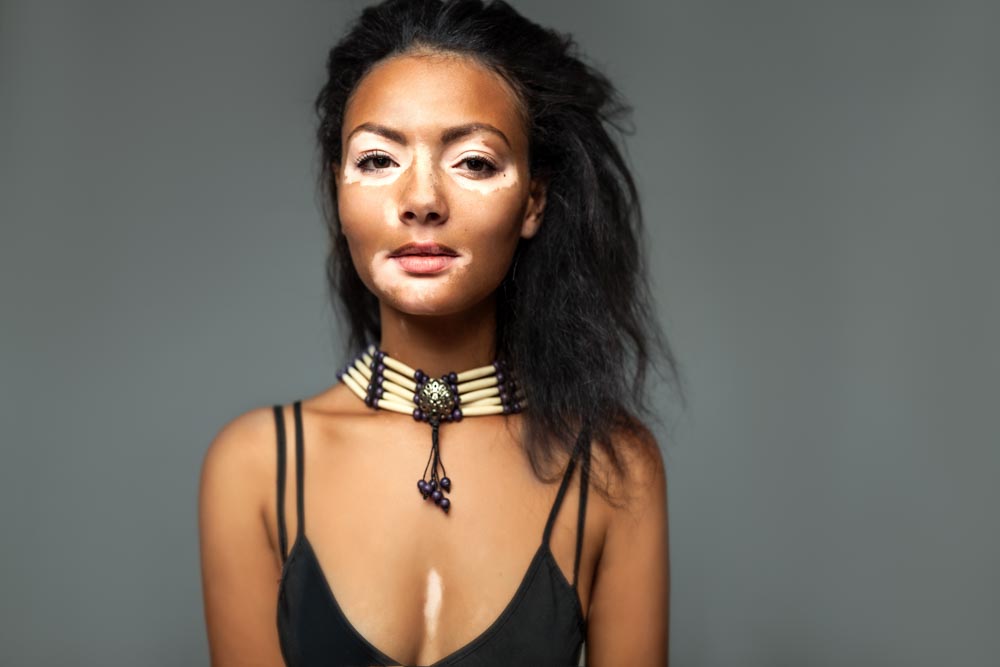
13 Jan Do You See Your Dermatologist as Often as You See Your Dentist?
If you’re like most people, the answer is probably no. Notice that we said dermatologist here, not esthetician. RefinedMD is home to both renowned dermatologists and leading skin care experts like estheticians because we know that your skin is complex and unique. So, what’s the difference between dermatologists and other types of skin care experts, anyway? And why do we tend to see estheticians more than dermatologists?
That’s a complex question to tackle. The reality is that there are well over 3,000 different skin conditions, and some of them fall under the medical (dermatological) category while others fall under the aesthetic (cosmetic) category. Why these issues are in two different categories is also tricky, and Western insurance policies definitely have something to do with it. However, what it all comes down to is that any skin issue, concern, disease, or disorder is worthy of expert care. Some of them might be very serious—like skin cancer—while others aren’t dangerous but are definitely annoying (like warts or brown spots).
Trusting a clinic like RefinedMD, that takes a holistic approach to skin care, is the best way to ensure healthy, beautiful skin.
How A Dermatologist Helps
People sometimes see an esthetician more than a dermatologist because the signs of cosmetic skin concerns can sometimes be more obvious or embarrassing. Take brown spots and wrinkles for example. We live in a society that reveres youth, so signs of aging can quickly and dramatically reduce a person’s self-esteem. This, in turn, can have a string of negative side effects. It’s very important to bolster self-confidence, and seeing an esthetician for issues like hyperpigmentation is key.
But what about medical skin care? Unfortunately, a lot of the time a patient might not seek out a dermatologist until a skin disease or disorder is so advanced that it can no longer be ignored. Too often, this includes skin cancer. There are different types of skin cancers, and signs of skin cancer can present well beyond the basic “ABCDEs.” Many times, skin cancer also occurs in areas we can’t see well ourselves, such as our scalp or back. Seeing a dermatologist at least once per year for an annual skin check is simply the best way to catch—and treat—skin cancer as soon as possible.
Skin cancer, when caught early, is typically very fast and easy to treat. At the earlier stages, it often requires only an in-person excision and biopsy with your dermatologist to ensure an all-clear border result of the affected skin. These annual mole checks with your dermatologist can prevent the skin cancer to go unnoticed until it has progressed too far.
Other Types of Dermatological Issues
Skin cancer is the most obvious (and scariest) of skin disorders, but there are many more that can be painful and embarrassing. For example, did you know that acne is a dermatological issue, not a cosmetic one? It can certainly seem cosmetic, but acne is a very real and sometimes painful skin condition. There are different types of acne, and more severe acne can be very uncomfortable and cause lifelong scarring. Treating and preventing acne often requires dermatological care, including in-office treatments and prescription-grade topical or oral products.
However, there is also rosacea, eczema, psoriasis, and suspicious moles that are biopsied and turn out to be perfectly benign—but they could be pre-cancerous. With thousands of possible skin conditions, it’s impossible to name them all. A dermatologist should be seen at least as often as your dentist and general physician. After all, the skin is the biggest organ you have and it’s exposed daily to physical stress, pollution, UV rays, and more. Simply put, it requires care from a professional.
What do you do if you have both dermatological and cosmetic concerns? Trust in a clinic that offers both. You certainly could see a separate dermatologist and cosmetic skin expert, splitting up your time between the two—but why would you? A reputable dermatologist knows that skin care requires a comprehensive and holistic approach. It’s not unusual for patients to book back-to-back appointments, seeing their dermatologist first for a mole check or steroid injection to help with keloid scarring followed by an IPL or BBL treatment with an esthetician to reduce wrinkles and crepe-like skin.
Treat your skin right and prioritize it on a routine basis. We’re here to help. Connect with RefinedMD today by filling out the form, starting a chat, or giving us a call at (408) 688-2082.
